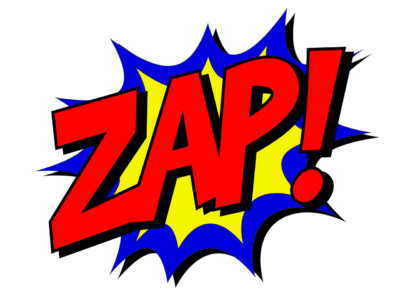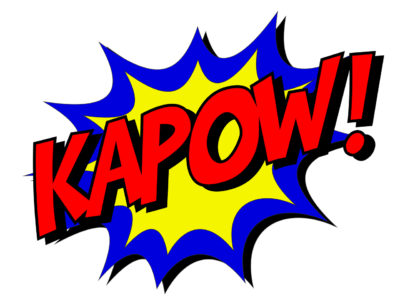I felt like a superhero this week. I taught collaboration to seventh-graders. I taught them to come to a consensus quickly. I taught them to listen to each other’s ideas and incorporate them into the final product of their learning.

It was lovely, and it was dynamic, but let’s not get carried away. The same students, more likely than not, degraded one another’s opinions outside of class. The same students will groan and mutter next time I put them in groups they did not choose. It takes time and direct instruction to overcome what seems like a natural tendency to avoid cooperation, collaboration, and consensus.
And that’s the problem. How well have we been teaching these skills to our students?
Look at the news, read your Twitter feed, listen to the people around you. Has it always been so difficult for people to come to consensus, to make decisions together for the good of the larger group? I wonder how we got to be so divisive, so eager to disagree with one another. And, when did we become so publicly cruel to one another?
Okay, I’m being dramatic. We have always had problems, especially when it comes to working together. Humans tend to shy away from working outside of the group to which they already belong. Enter racism, homophobia, gender issues, classism… every ism.
As a teacher, I often view the students in my small, diverse school as a sort of microcosm of humanity. I watch as my new seventh-graders self-select the students with whom they are willing to work. I also watch as they openly spurn the others, the ones who don’t fit in their closed groups. Is this basic human behavior? Perhaps. But it can be modified, if you are determined, stubborn, and methodical in your approach to teaching communication, empathy, and cooperation.
Our evaluation system requires us to create environments that foster communication, respect, and a culture of learning. How does this look? Like students quietly sitting in rows, listening to a teacher? Well, yeah, sometimes it does. However, a dynamic classroom environment is often buzzing with lively conversations and debate. And yet, I still meet teachers who avoid assigning “group work” or they struggle to assess communication skills at all.
Shouldn’t we be assessing communication skills? The state standards include speaking and listening. In fact, standard SL.K.1 for kindergarten requires “Participation in collaborative conversations with diverse partners about kindergarten topics and texts with peers and adults and small and larger groups.” By their junior year, our students should,”initiate and participate effectively in a range of collaborative discussions (one-on-one, in groups, and teacher-led) with diverse partners on grades 11-12 topics, texts, and issues, building on others’ ideas and expressing their own clearly and persuasively.” These standards aren’t assessed on the Smarter Balanced Assessment, but that does not make them less important.
So, we know students should be learning the communication skills necessary to respectfully share their ideas. And, we know that we are better teachers when we foster a learning environment that encourages the participation of our students in rich discussions. More than that, I think we all realize that the world could be a better place if we could help the next generation perfect their teamwork and discussion skills. Still, instructing and evaluating collaborative skills is a struggle for most teachers.
Personally, I pieced together my methods for teaching collaboration and consensus to students over the years, using trial and error. My guess is that very few of us have a curriculum for these essential skills.
However, times are changing. Collaboration is one of the touted “21st Century Skills.” Employers want, they NEED, good team players. I’ve been cruising around the website for the Partnership for 21st Century Skills. Collaboration is one of their “Four Cs.” It’s part of their Framework. They have some very clear materials explaining the need for teaching collaborative skills, AND for how to do it.
In the meantime, if you are not convinced about the need for collaborative skills, check out this article by Danxi Shen, of the Harvard Graduate School of Education, ‘Group and Cooperative Learning: Students as Classroom Leaders.”
After brushing up on what collaboration should look like in the classroom, kick back and watch one of those superhero team movies. Superheroes know the value of teamwork. In Justice League, Batman brings diverse heroes together to defeat a threat to all of mankind. When Aquaman resists him, saying, “A strong man is strongest alone; ever heard that?” Batman replies, “That’s not the saying, that’s like the opposite of what the saying is.” My students often think they are better off on their own. My job is to help them see the power they wield in groups.
I guess that makes me Batman.